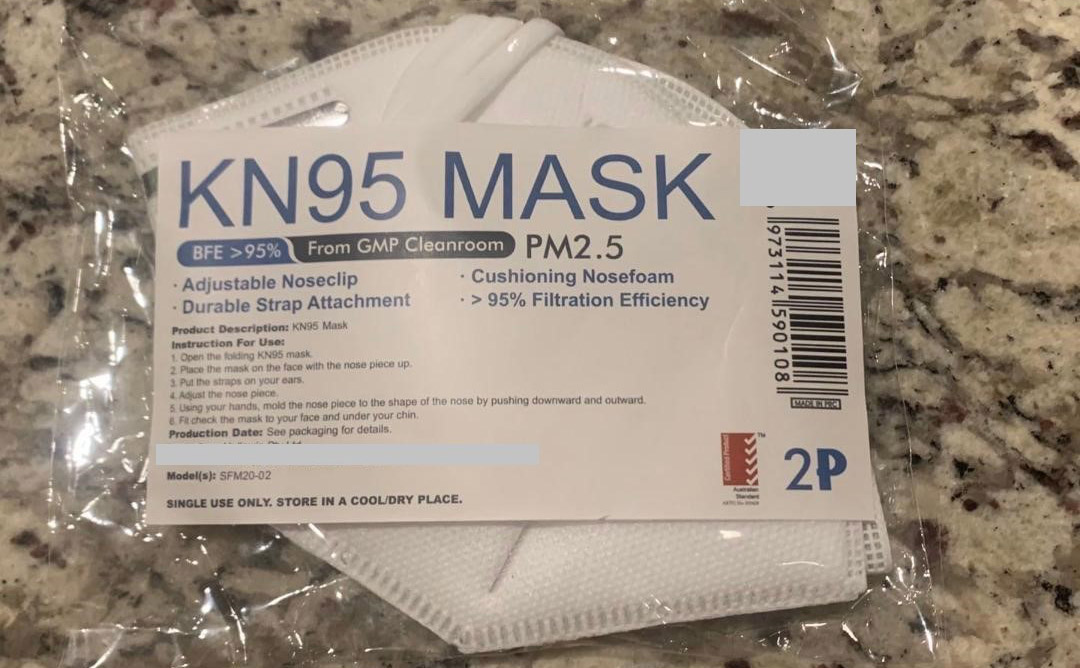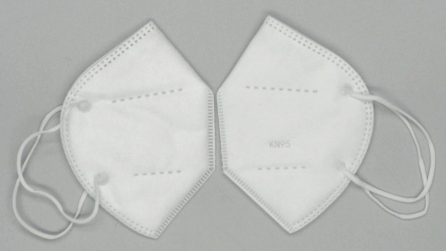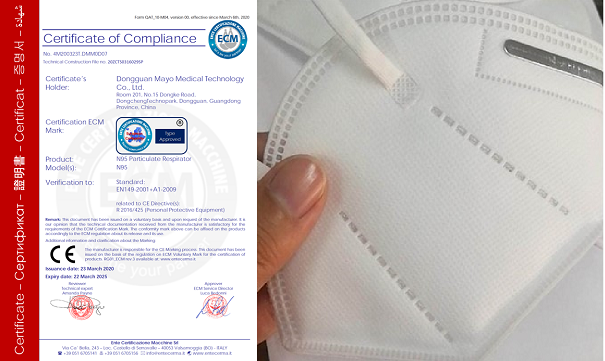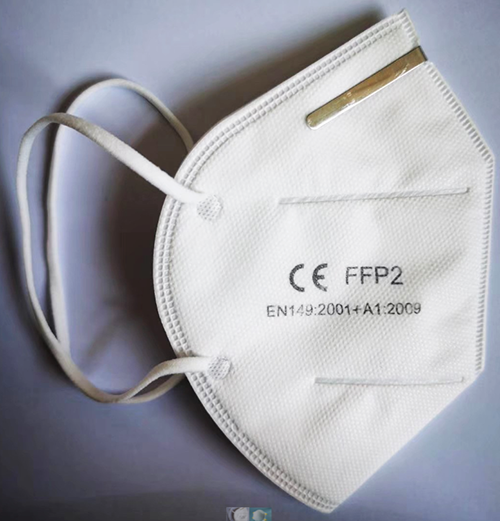The COVID-19 pandemic has increased demand for P2 disposable respirators.
As a result, construction businesses (and PCBUs) and some other industries have had difficulty getting P2 disposable respirators used for protection against dusts and chemicals including silica, asbestos and lead.
This extra demand is leading to fake respiratory protective equipment (RPE) entering the Australian market.
Background
In Australia, most disposable respirators and filters that give protection against dusts and other particles are classified and marked as P1, P2 or P3, in accordance with the Australian Standard AS/NZS 1716:2012.
There are also international standards for the classification of these respirators, with the United States 'N95', European 'FFP2' and Chinese 'KN95' considered equivalent to the Australian P2 and acceptable in Australian workplaces.
Key points
- Before buying RPE, make sure it meets the Australian Standard or international equivalent, especially when you doubt its performance claims.
- RPE that is compliant to AS/NZS 1716:2012 has the manufacturer's name, trade name or mark on the mask or facepiece and filters have the manufacturer's name, trade name or mark, and the filter classification (P1 or P2).
- Many companies that manufacture RPE are certified by an independent body, such as SAI Global; and normally have their licence number marked on the packaging in which the RPE is supplied.
- All RPE used in the United States must be certified by the US National Institute for Occupational Safety and Health (NIOSH), which maintains a list of approved RPE. Some of these masks are imported to Australia.
- The UK Health and Safety Executive has issued a safety alert Bulletin STSU1 – 2020 advising KN95 face masks must not be used at work unless their supply has been agreed to by the HSW as the market surveillance authority.
Actions required
- Get product certificates from the manufacturer that certify the RPE has been manufactured in accordance with AS/NZS 1716: 2012 or an equivalent international standard.
- Check that the product certificates issued by a certifying body are legitimate - they'll have a licence number and the manufacturer’s name which can be found on the certifying body’s website, along with a list of the licensed models of respirators and filters.
- Check this Guide to buying P2 or Equivalent Respirators for use in the Australian & New Zealand Work Environment
- Check this NIOSH list for all the approved United States N95 disposable respirators.
- Check this Spotting fake respirators guide from the British Occupational Hygiene Society
- Check this NIOSH list for examples of fake respirators.
- Make sure workers are trained to use and maintain RPE.
- Make sure workers are fit-tested so there's an adequate face seal with their respirator - check the Australian Institute of Occupational Hygienists for consultants who conduct respirator fit-testing.
Australian Consumer Law
Making false or misleading representations about goods is an offence under Australian Consumer Law and carries a fine up to $10 million for a body corporate and $500,000 for individuals.
Consumers can ask their supplier for a replacement or refund for any masks that are unsafe or not fit for purpose, under the consumer guarantees in the Australian Consumer Law.
Examples of respirators, without correct product identification

A KN95 mask supplied with packaging falsely showing certification to the Australian Standard AS/NZS1716:2012

A KN95 mask supplied without the product markings required under GB2626.

A KN95 mask supplied without product markings required under GB2626. The accompanying Certificate of Compliance is a voluntary technical evaluation of documentation but does not mean the respirator is certified to EN149-2001 + A1 2009.

A FFP2 mask supplied without test certificates and with incorrect CE markings
Table of face mask grades and standards
| Product type | Relevant standard | Marking requirement on the product |
|---|---|---|
| P2 | AS/NZS 1716:2012 |
|
| N95 | NIOSH-42CFR84 |
|
| FFP2 | EN 149-2001 |
|
| KN95 |
GB2626-2006 or GB2626-2019 |
|







